Are you tired of seeing your water bill skyrocket every month? One of the easiest ways to reduce your water usage and save money is by replacing your shower head. But with so many options on the market, which type of shower head is best for reducing your water bill?
In this article, we’ll explore the different types of shower heads and their water-saving capabilities, so you can make an informed decision and start saving money on your water bill.
Why Replace Your Shower Head?
Before we dive into the different types of shower heads, let’s first understand why replacing your shower head can help reduce your water bill.
According to the Environmental Protection Agency (EPA), the average American household uses 100 gallons of water per day, with 17% of that being used for showering. By replacing your shower head with a more water-efficient option, you can significantly reduce your water usage and save money on your monthly bill.
Waterfall Shower Head Replacement
One popular option for reducing water usage is the waterfall shower head. These shower heads are designed to mimic the feeling of standing under a waterfall, with a wide, gentle stream of water.
Waterfall shower heads typically have a flow rate of 2.5 gallons per minute (GPM), which is the maximum allowed by federal regulations. However, some models have a flow rate as low as 1.5 GPM, making them a great option for water conservation.
Rainfall Shower Head
Similar to waterfall shower heads, rainfall shower heads also provide a wide, gentle stream of water. However, they are designed to mimic the feeling of standing in the rain, with a more natural flow of water.
Rainfall shower heads typically have a flow rate of 2.5 GPM, but some models have a flow rate as low as 1.8 GPM. While not as water-efficient as waterfall shower heads, they still provide a luxurious shower experience while reducing water usage.
Low-Flow Shower Heads
Another option for reducing water usage is a low-flow shower head. These shower heads are designed to use less water without sacrificing water pressure.
Low-flow shower heads typically have a flow rate of 2.0 GPM or less, making them a great option for water conservation. Some models even have a flow rate as low as 1.5 GPM, making them one of the most water-efficient options on the market.
Aerating Shower Heads
Aerating shower heads mix air with water to create a mist-like spray, reducing the amount of water used while still providing a strong water pressure. These shower heads typically have a flow rate of 2.0 GPM or less, making them a great option for water conservation.
Laminar Flow Shower Heads
Laminar flow shower heads create individual streams of water instead of a mist-like spray. This type of shower head is ideal for those who prefer a stronger water pressure, as it provides a more concentrated stream of water.
Laminar flow shower heads typically have a flow rate of 2.0 GPM or less, making them a great option for water conservation. However, they may not be as effective at reducing water usage as aerating shower heads.
How to Choose the Right Shower Head for You

When choosing a shower head to reduce your water bill, there are a few factors to consider:
- Flow rate: Look for a shower head with a flow rate of 2.0 GPM or less to ensure maximum water savings.
- Water pressure: If you prefer a stronger water pressure, opt for a laminar flow shower head. If you don’t mind a gentler spray, a waterfall or rainfall shower head may be a better option.
- Budget: While some shower heads can be expensive, there are plenty of affordable options that are still water-efficient.
- Personal preference: Ultimately, the best shower head for you is one that meets your personal preferences and needs.
How to Install a New Shower Head
Installing a new shower head is a simple process that can be done in just a few steps:
- Remove the old shower head: Use a wrench to loosen and remove the old shower head from the shower arm.
- Clean the shower arm: Use a cloth to clean any debris or old plumber’s tape from the shower arm.
- Apply new plumber’s tape: Wrap new plumber’s tape around the threads of the shower arm in a clockwise direction.
- Attach the new shower head: Screw the new shower head onto the shower arm in a clockwise direction.
- Test the water flow: Turn on the shower to ensure the water is flowing properly and there are no leaks.
Other Ways to Save Water in the Shower
Replacing your shower head is just one way to reduce your water usage and save money on your water bill. Here are a few other tips to help you save water in the shower:
- Take shorter showers: The longer you’re in the shower, the more water you use. Try to limit your showers to 5-10 minutes.
- Turn off the water: When lathering up or shaving, turn off the water to save even more water.
- Fix leaks: A leaky shower head can waste a significant amount of water. If you notice a leak, fix it as soon as possible.
Replacing your shower head with a more water-efficient option is an easy and effective way to reduce your water usage and save money on your water bill. Whether you opt for a waterfall, rainfall, low-flow, aerating, or laminar flow shower head, you can enjoy a luxurious shower experience while also being environmentally conscious.
Remember to consider factors such as flow rate, water pressure, budget, and personal preference when choosing a new shower head. And don’t forget to take shorter showers and fix any leaks to further reduce your water usage. With these tips, you can start saving money on your water bill and do your part in conserving water.


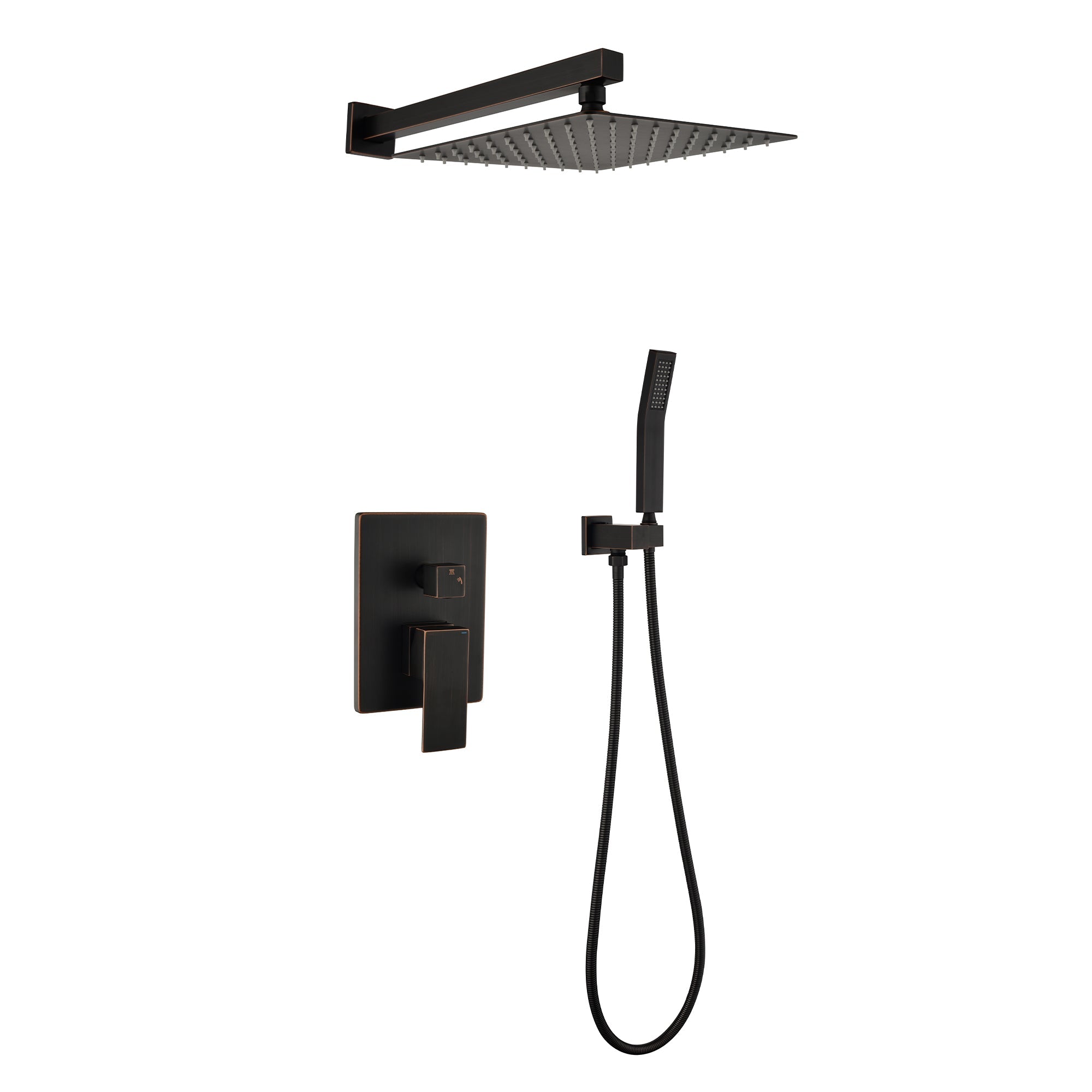



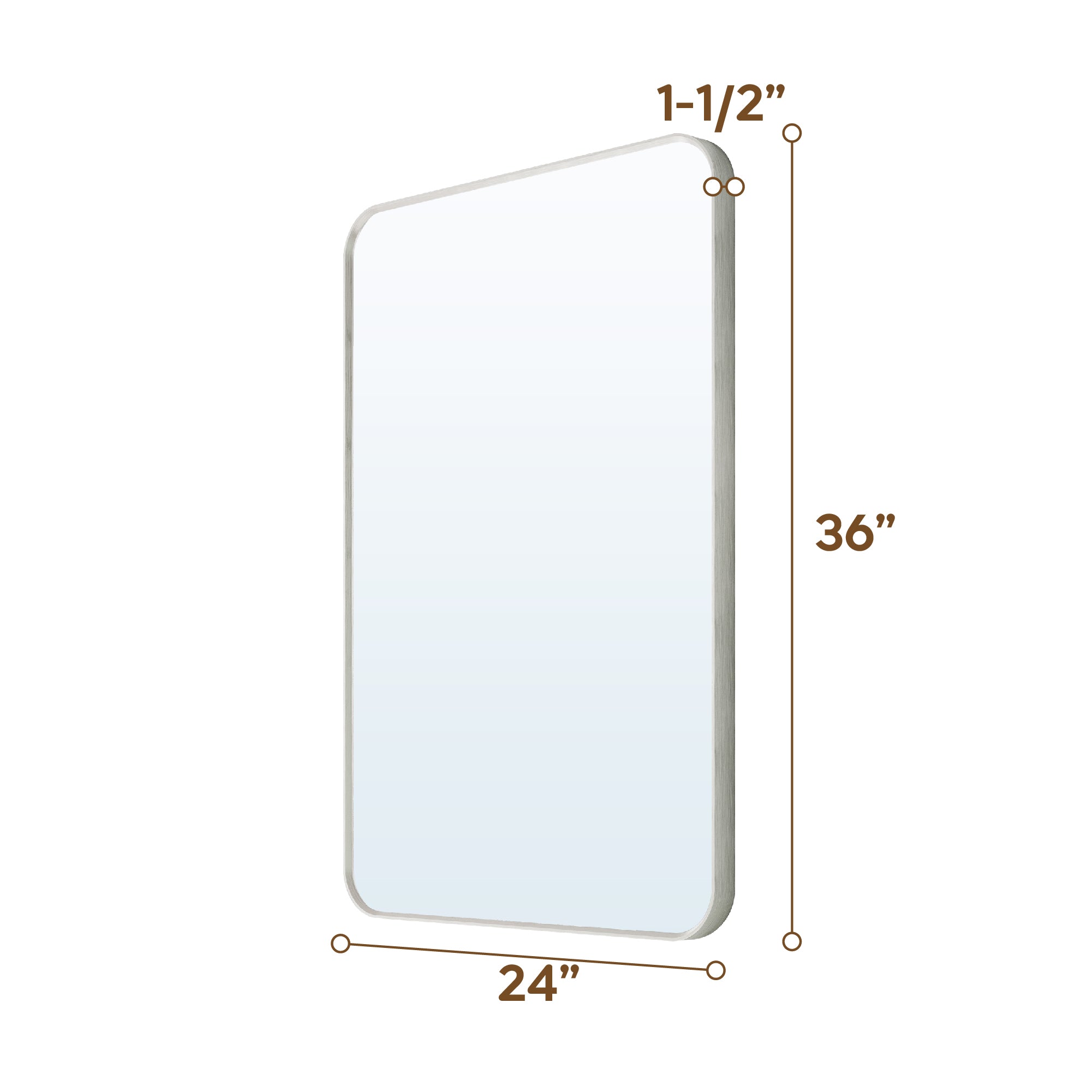
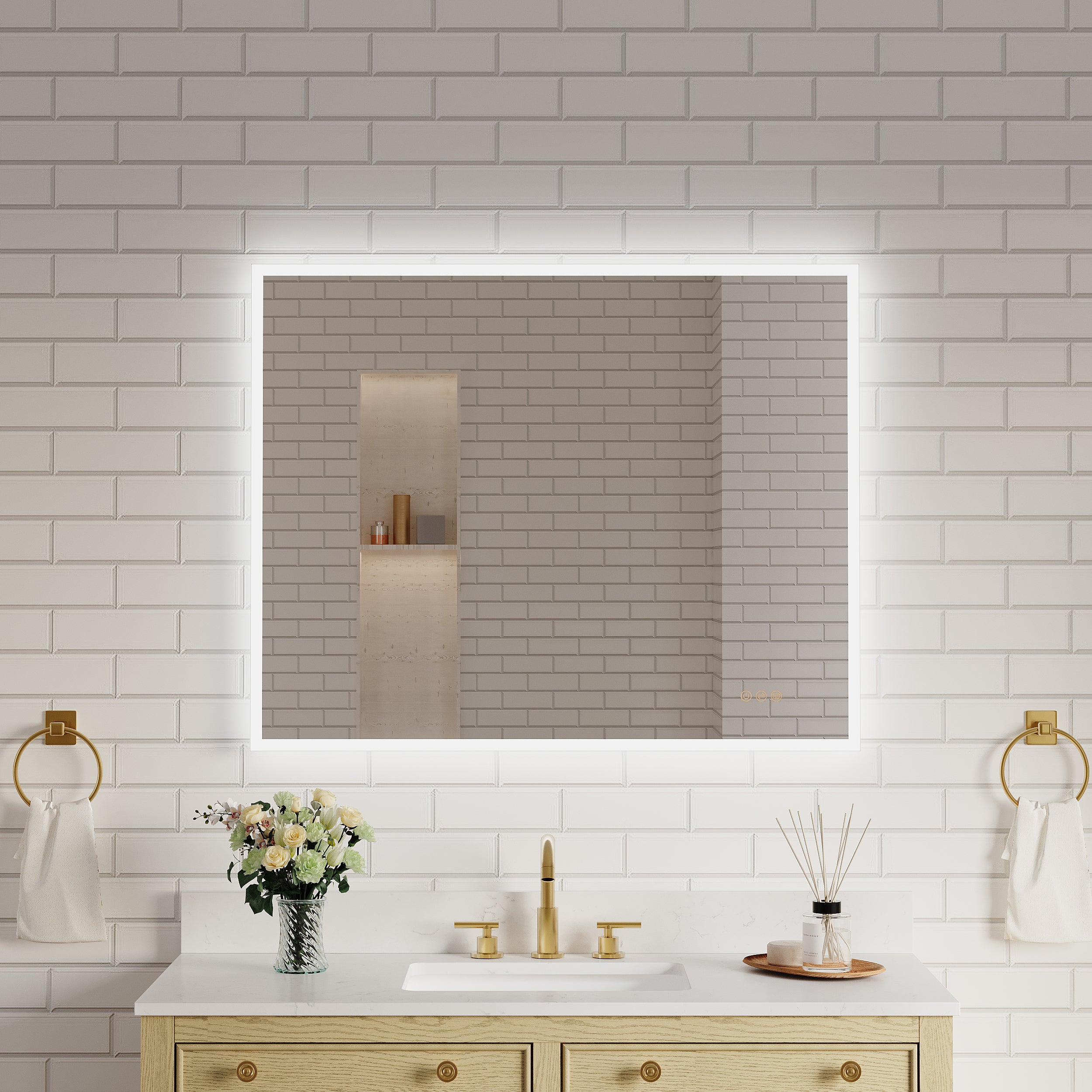
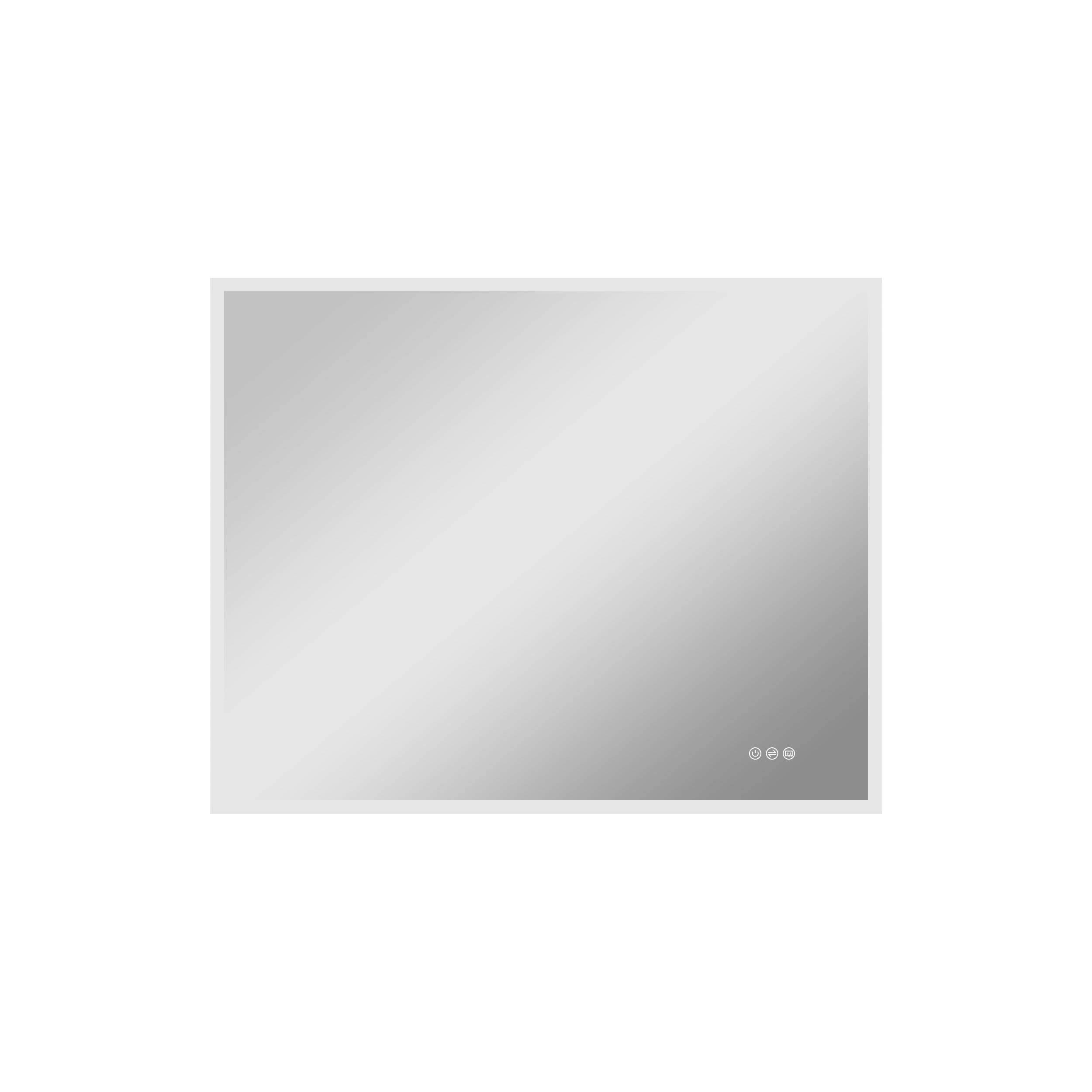




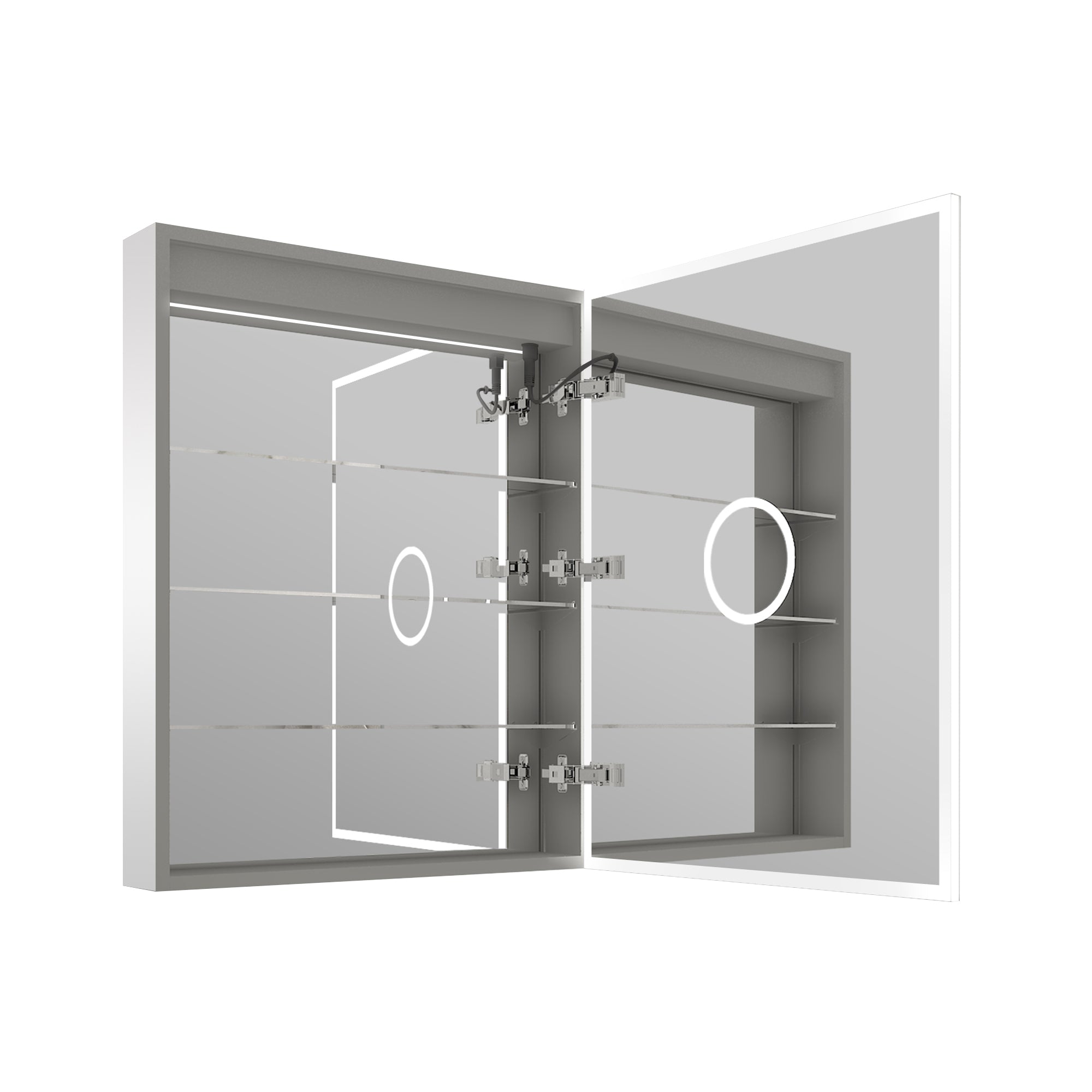
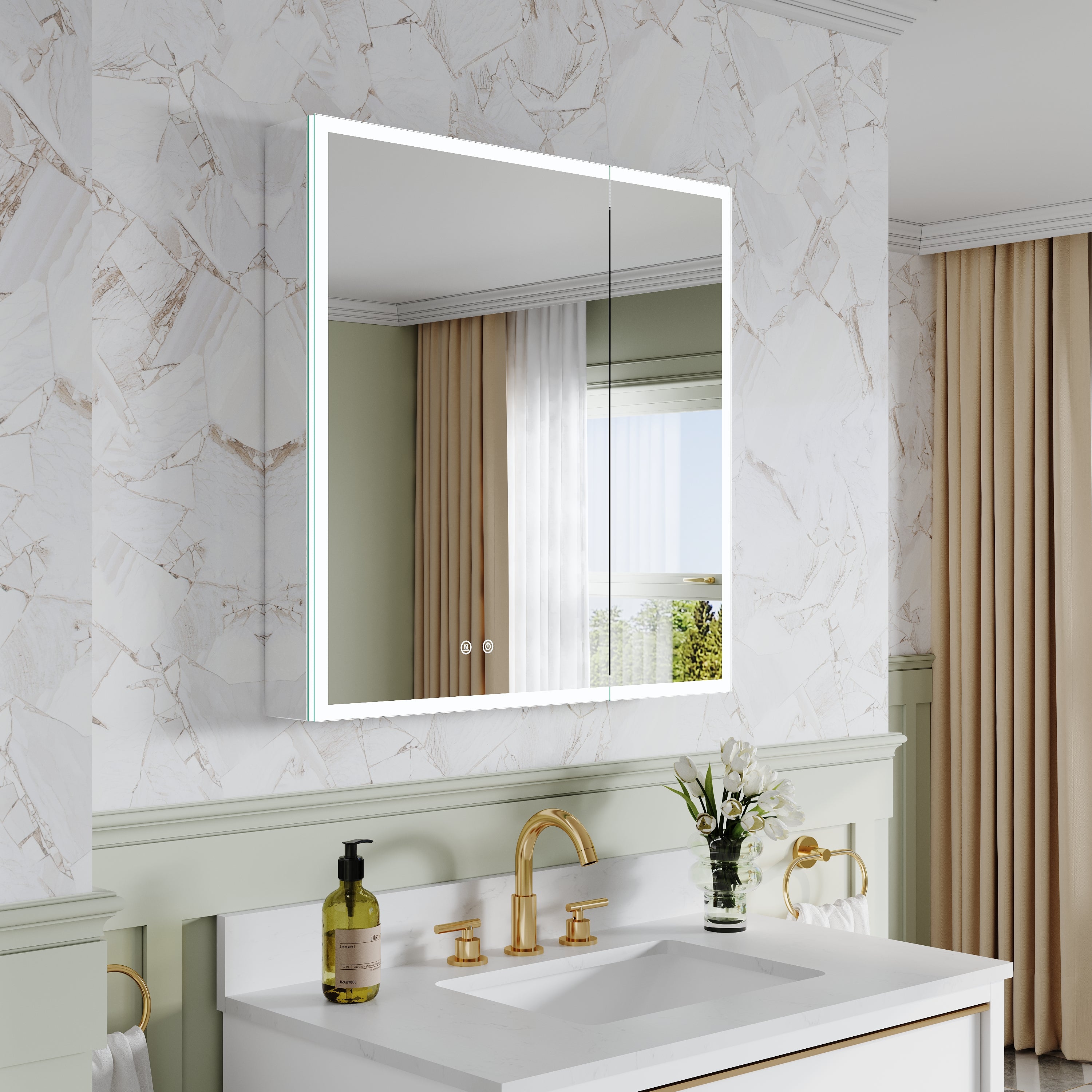



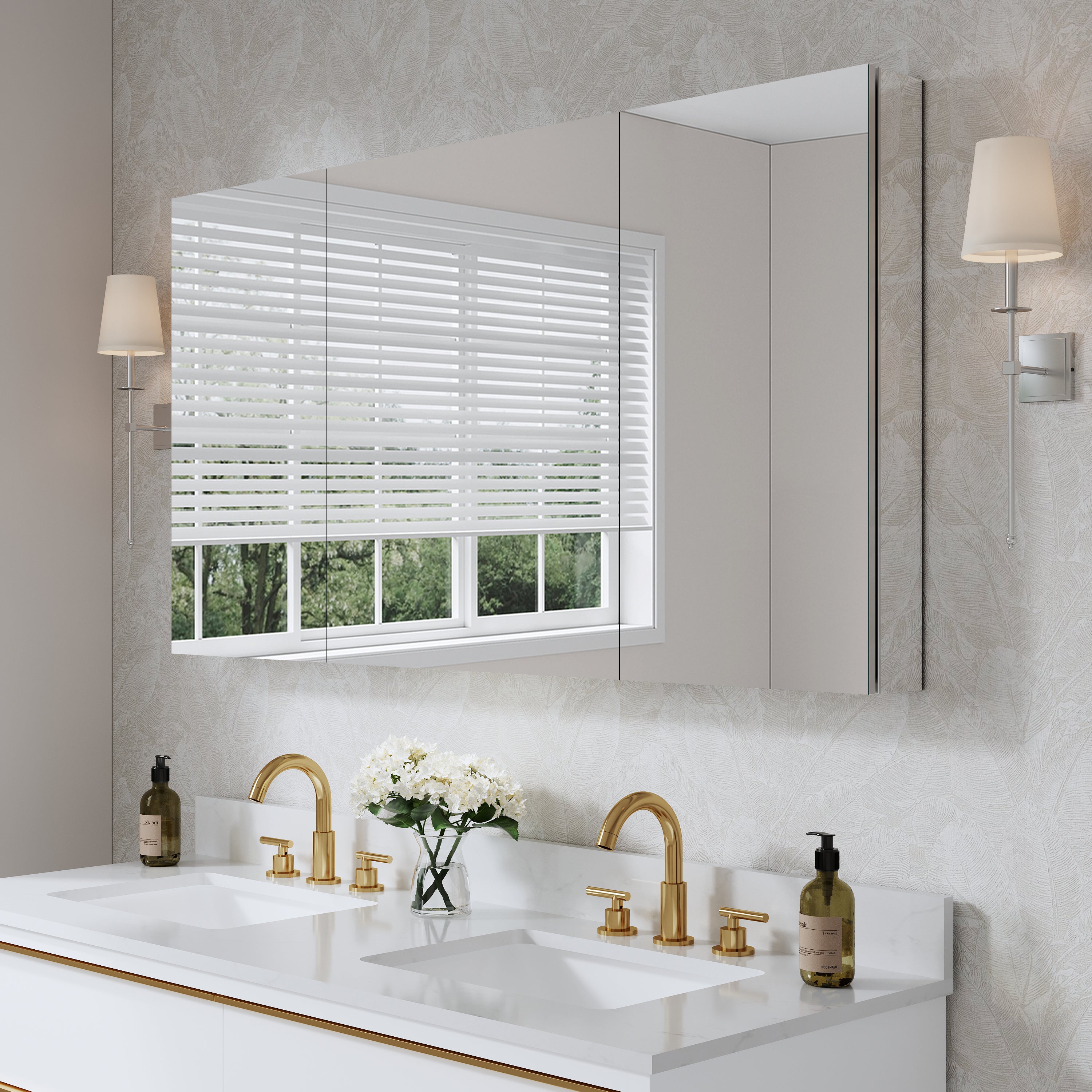







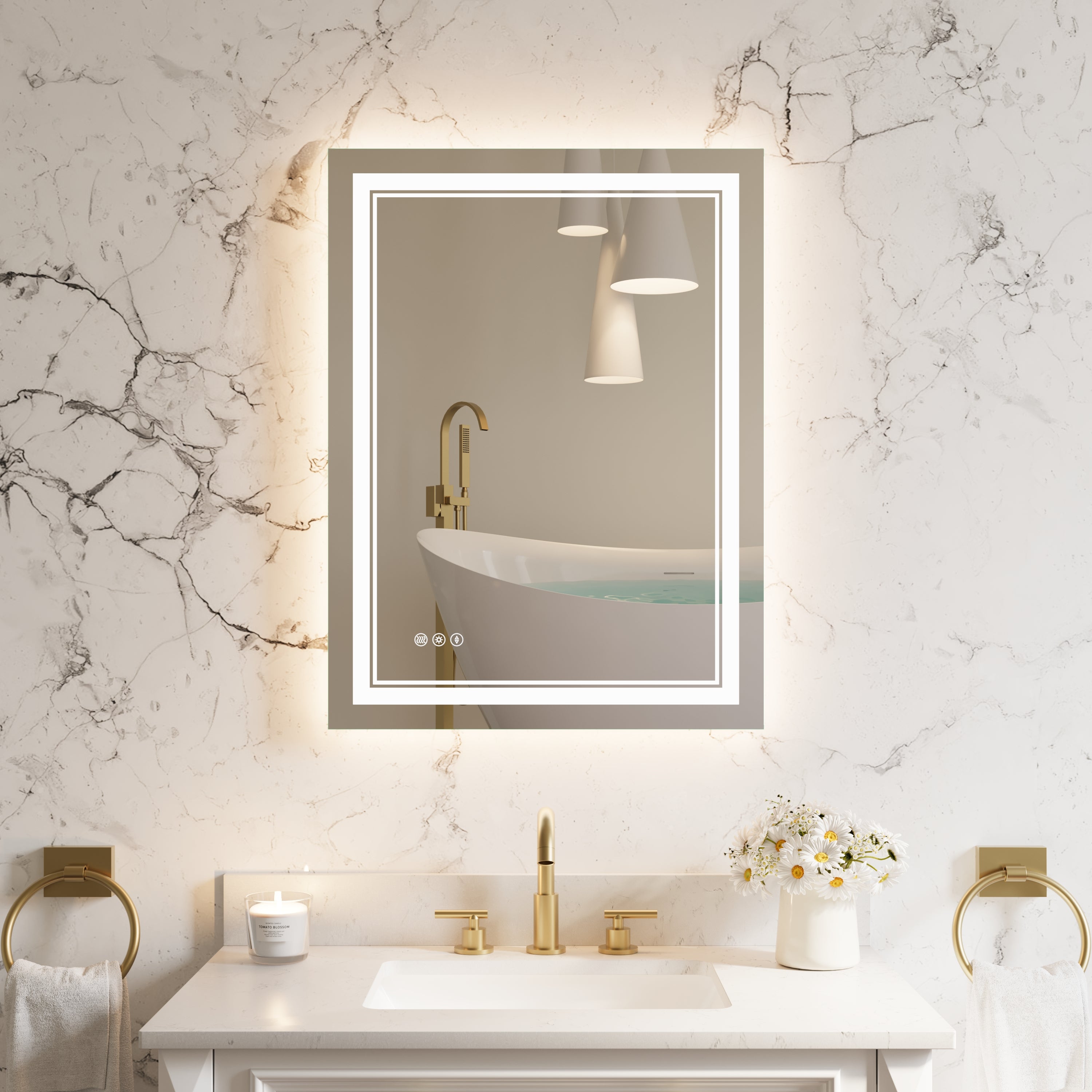








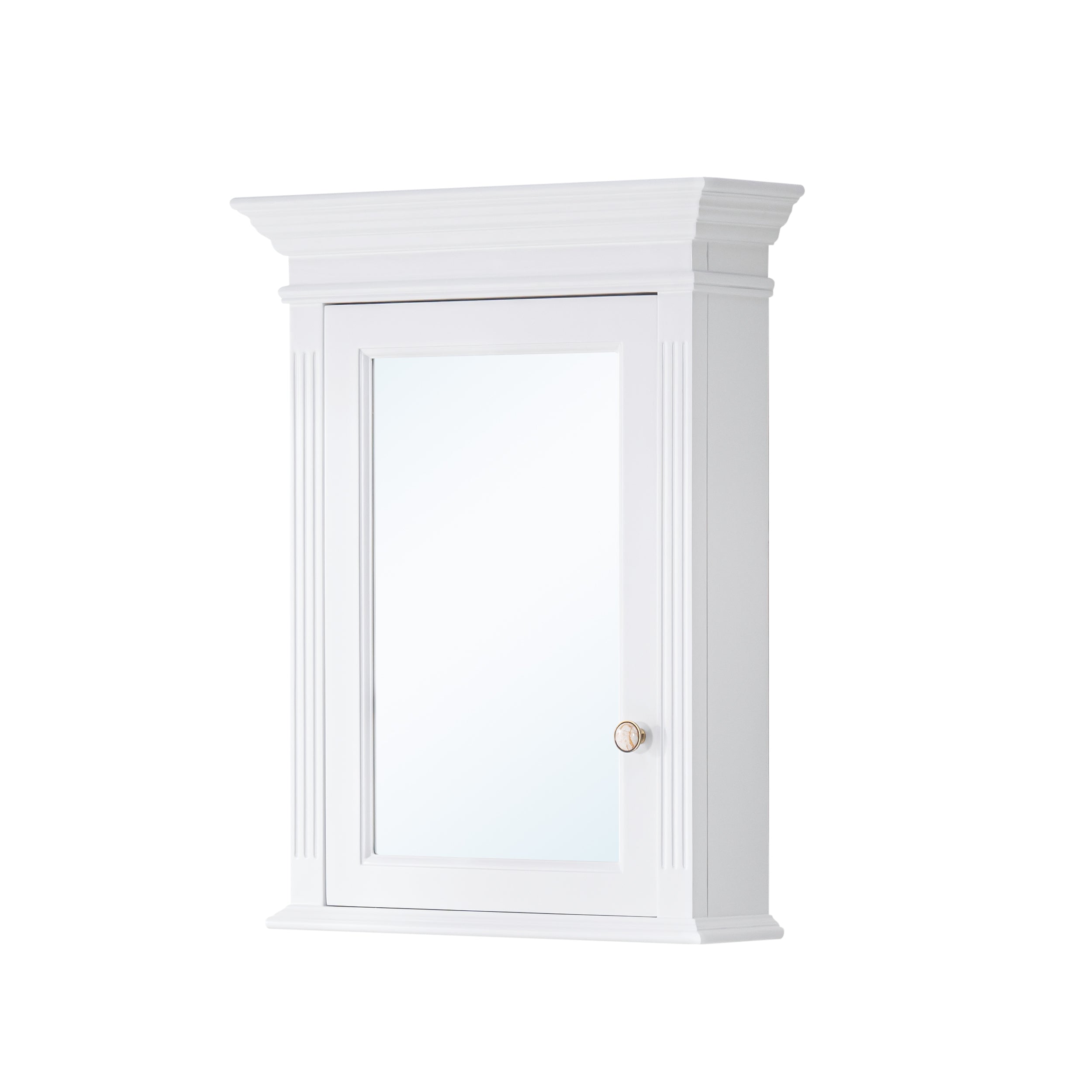
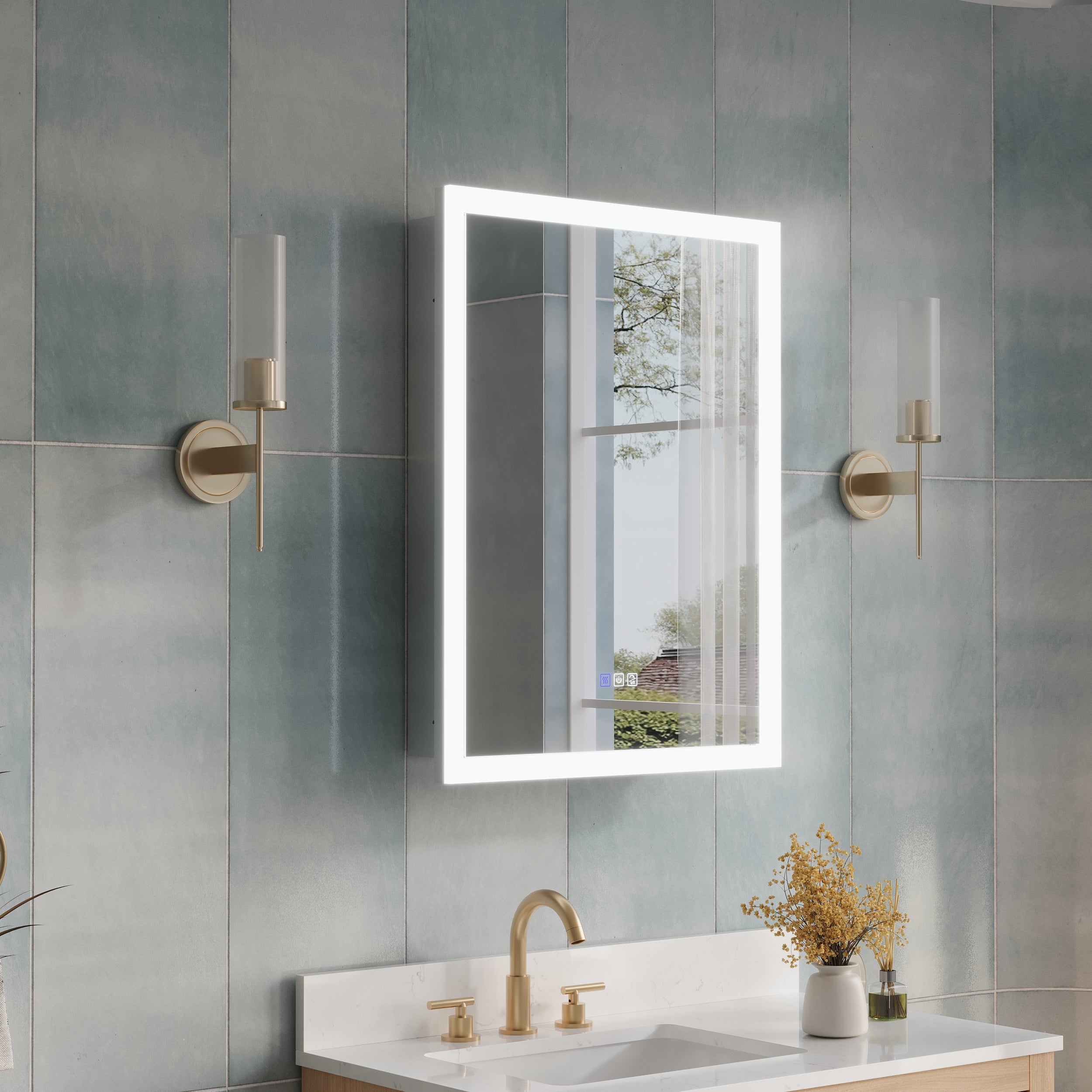
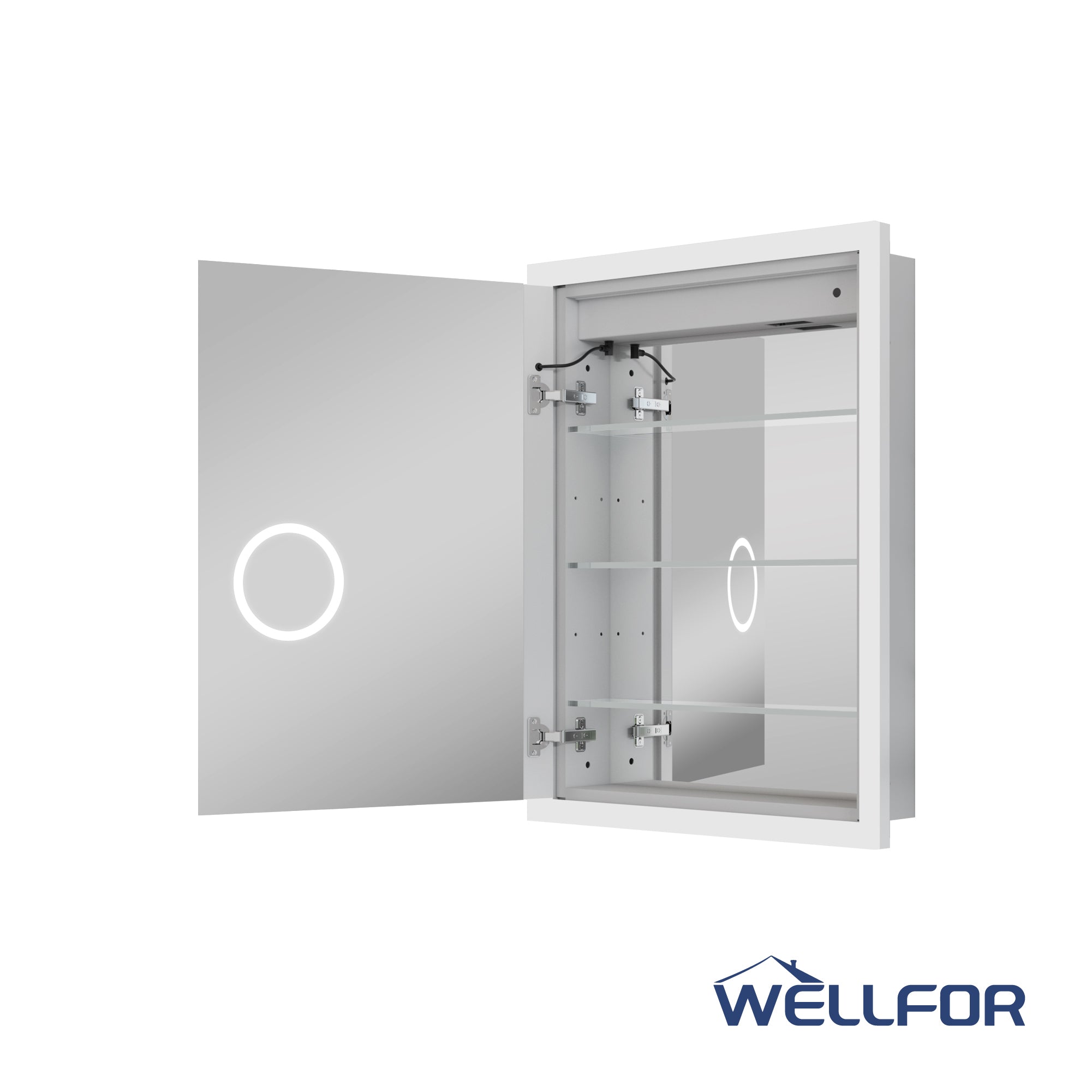

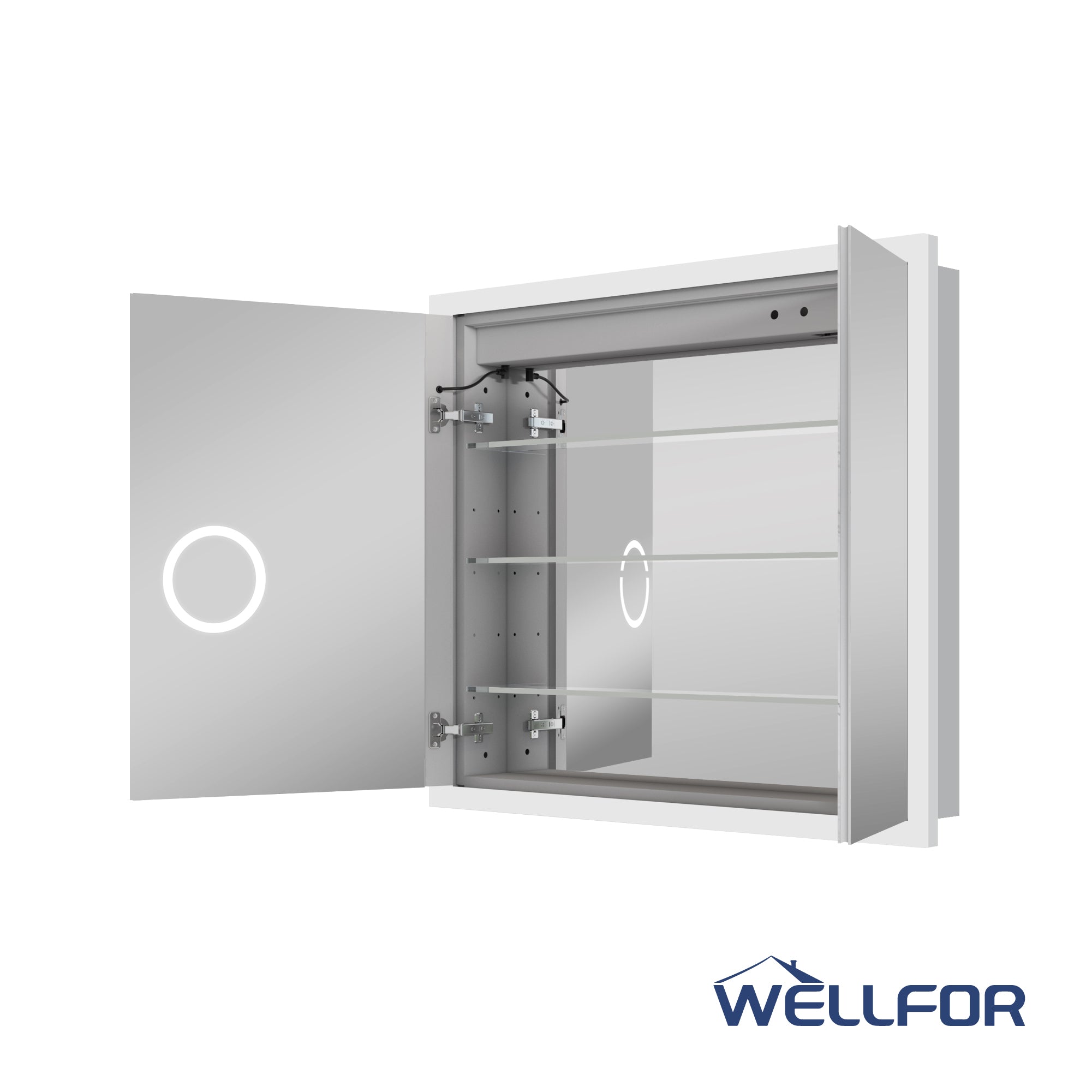


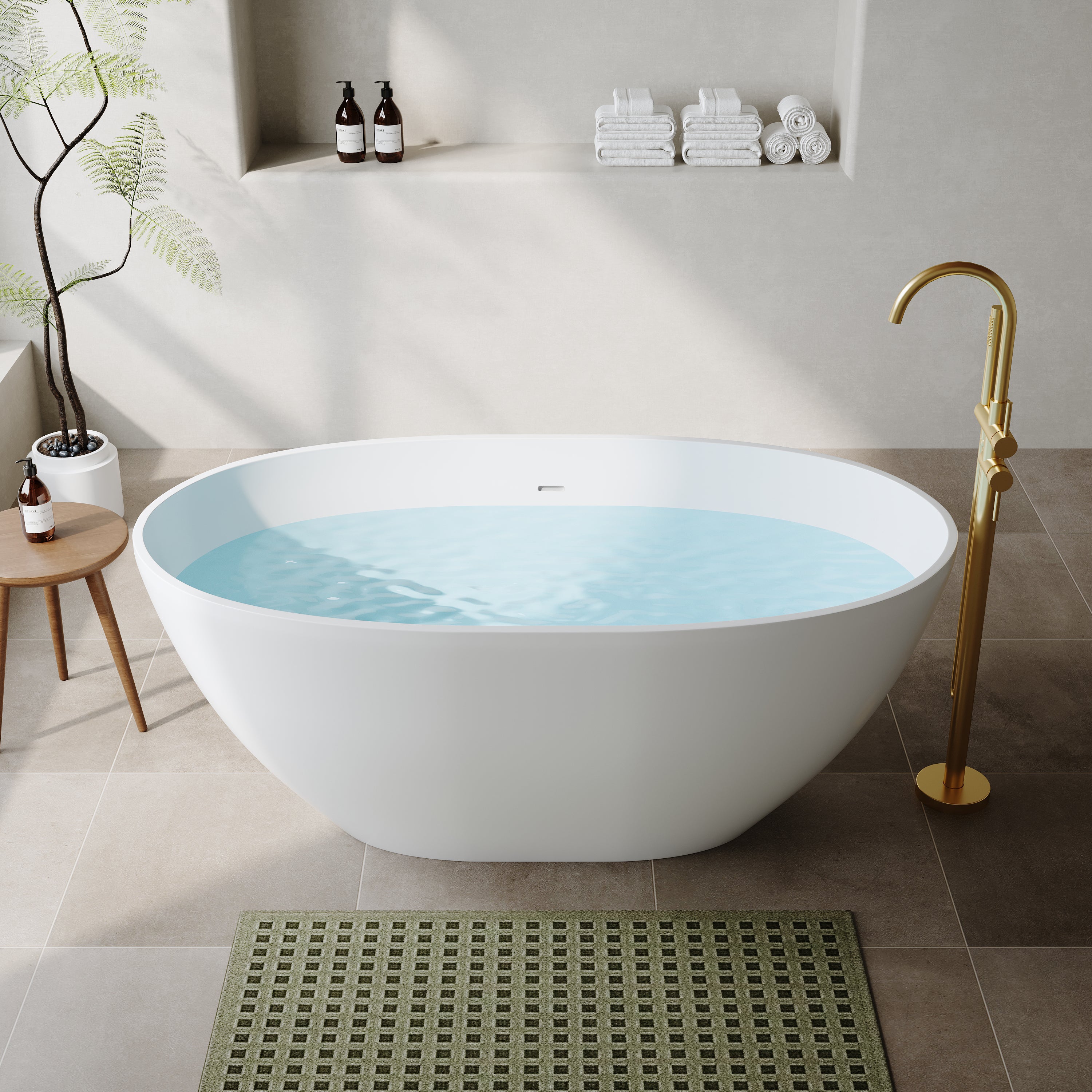


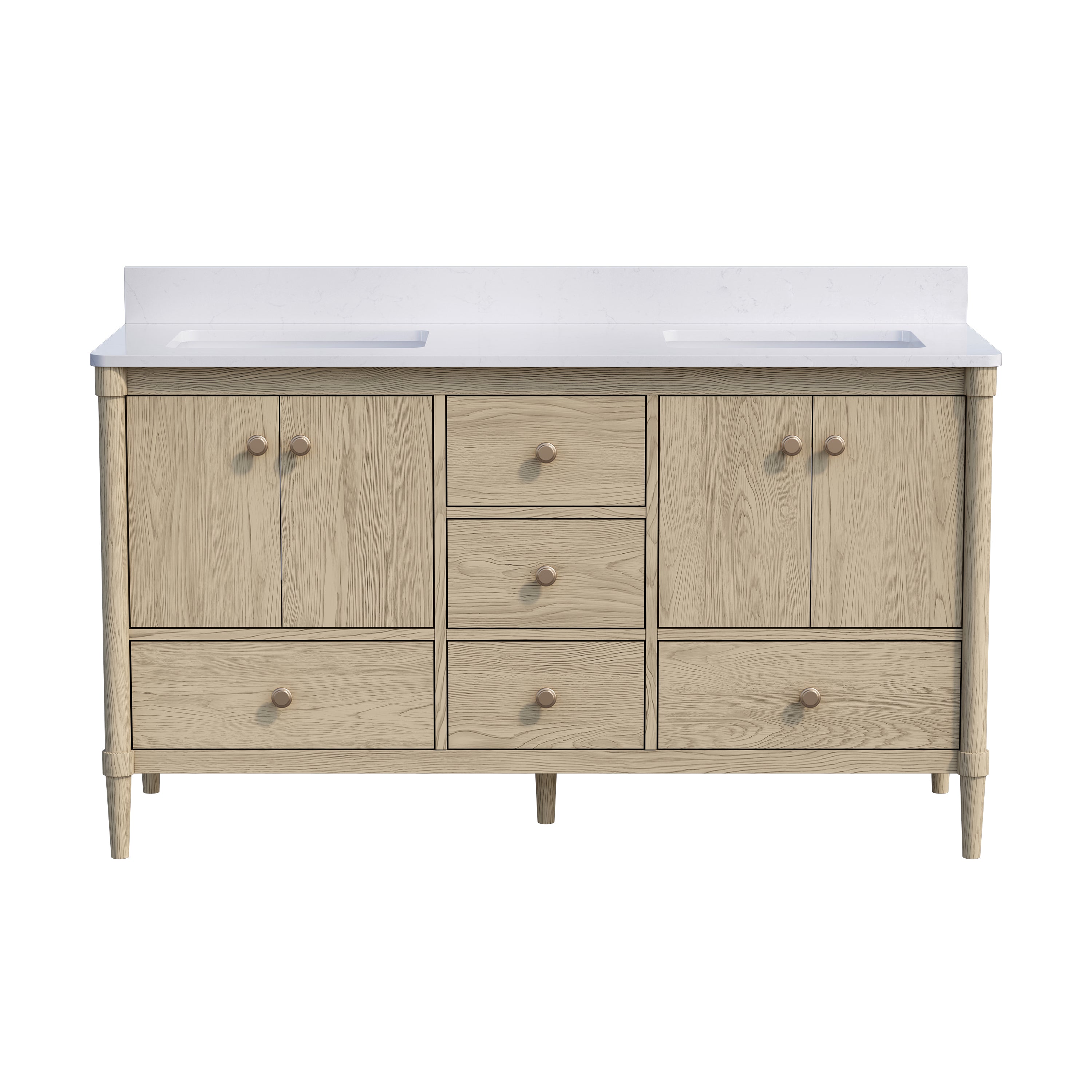
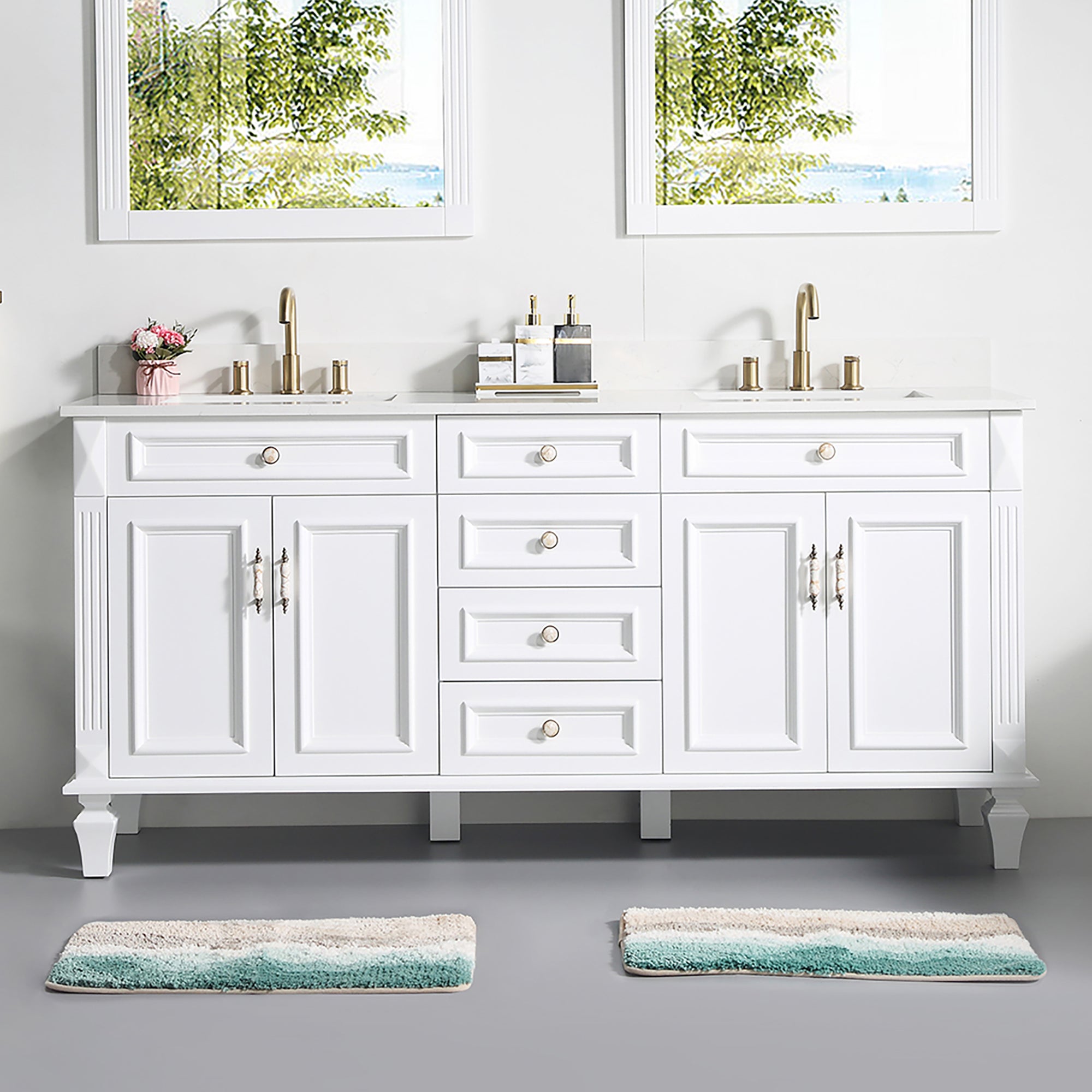
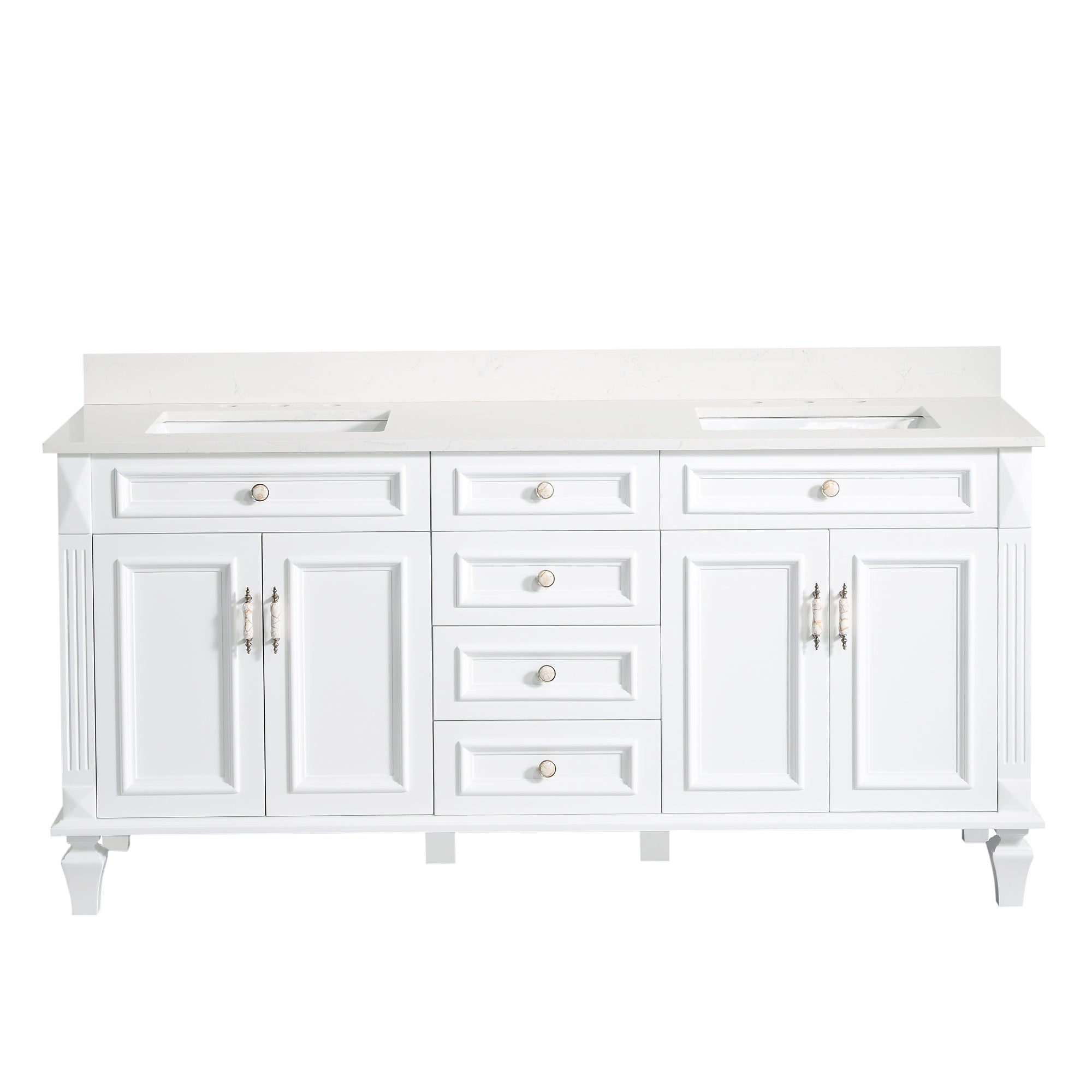
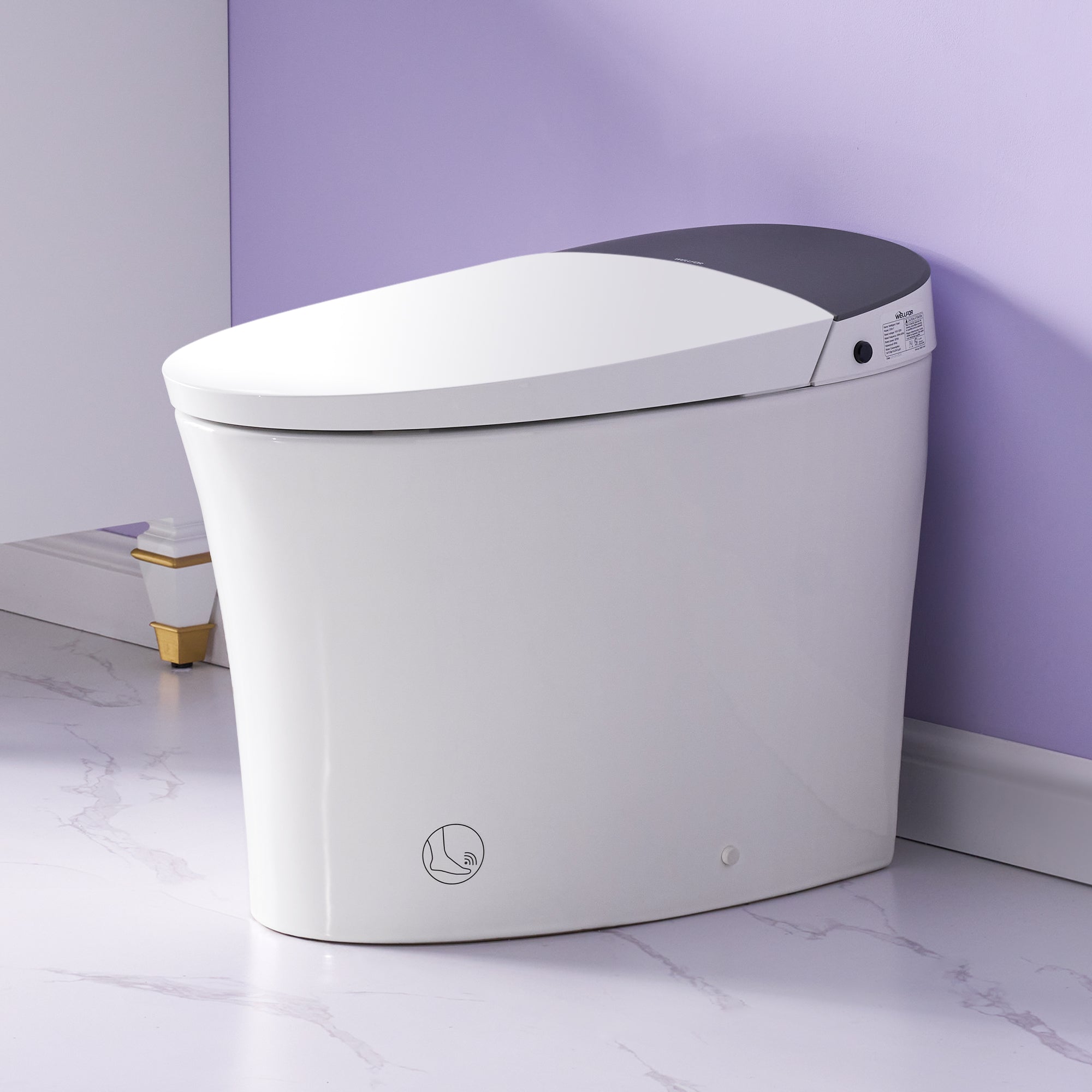
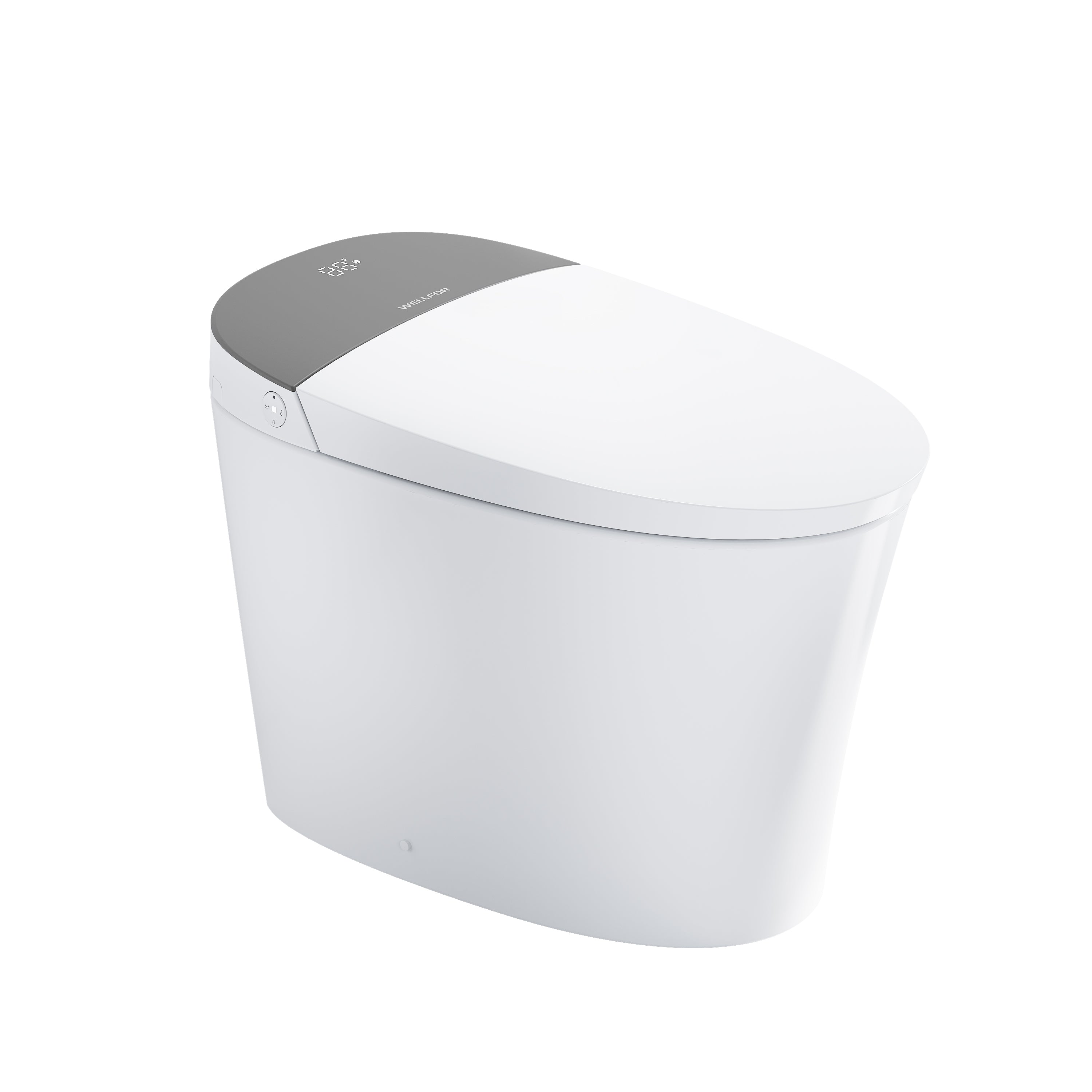

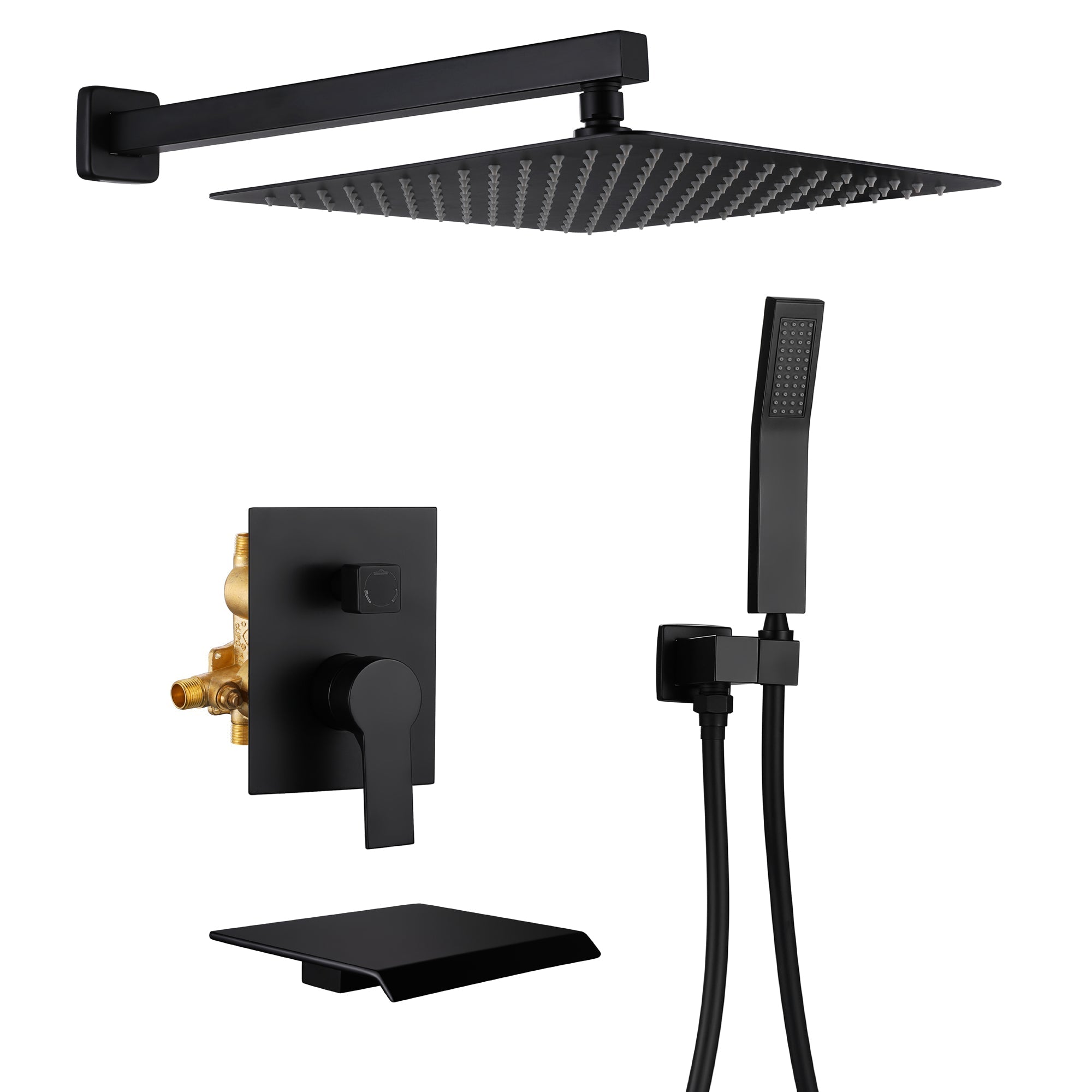
Leave a comment
This site is protected by hCaptcha and the hCaptcha Privacy Policy and Terms of Service apply.